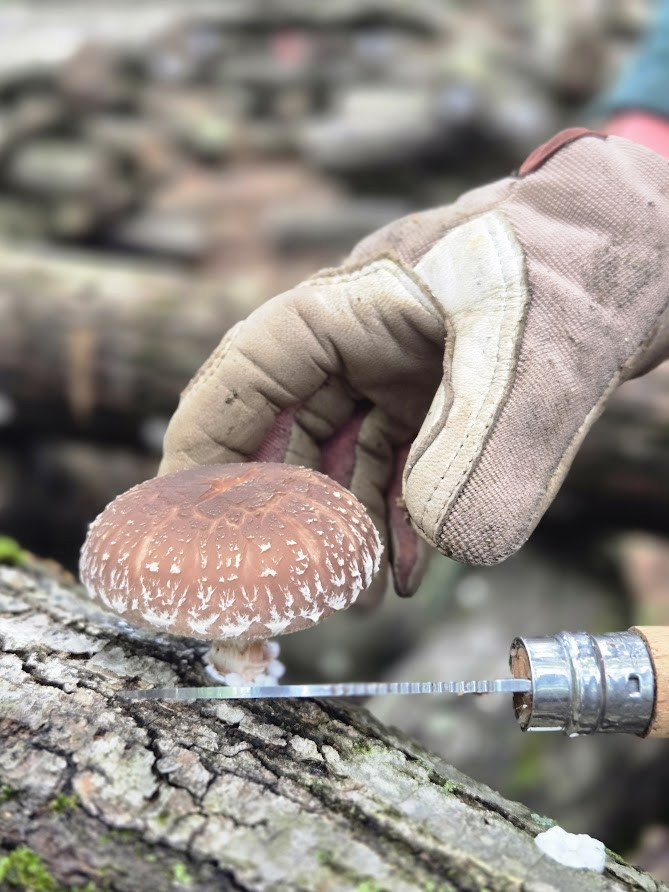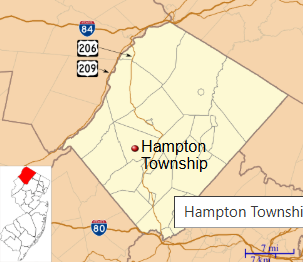Where do your mushrooms come from?
posted on
May 15, 2025
When you buy mushrooms at the store or see them sliced on your dinner plate, do you know where they came from? Not just the shelf — the source? Most people don’t. And this uncertainty matters more than ever in today’s globalized food system.
Over 60% of mushrooms consumed in the United States are imported from East Asia— primarily from China — and even the ones that say "Product of USA" may have been grown from substrate blocks shipped across oceans that fruit inside of our borders, with unclear chemical histories and no traceable origin (USDA ERS, 2023).
At Hampton Mushrooms, we do things differently — on purpose. Our mushrooms are grown on real hardwood logs harvested from local forests in northwest New Jersey, using traditional methods rooted in Japanese cultivation. Every log is selected with care by certified state foresters, inoculated by hand with custom machinery, and tracked from forest to fruit.
This isn’t just about pride of place. It’s about your health and our planet:
- Log-grown mushrooms have been shown to contain higher levels of ergothioneine, beta-glucans, and other immune-supporting compounds (Chen et al., Journal of Medicinal Mushrooms, 2019).
- They are free from synthetic nutrients and chemical glues that are commonly used in industrial-based systems and warehouses for mass mushroom production.
- And because we grow locally, our mushrooms travel minutes, not thousands of miles, reducing emissions and preserving peak freshness.
Choosing our mushrooms means choosing:
- Food you can trace to the area it came from
- Flavor you can taste the difference in
- Farming that improves forests, not exploits them
Ask yourself this: if your mushrooms don’t come from a log, what substances were used to grow them?
And what might still be hiding in them?



